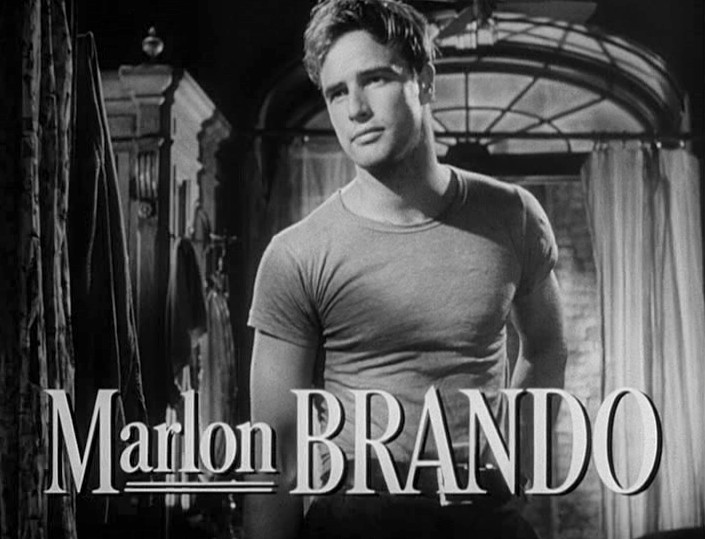
Is there anything more Hollywood tragic than an actor endangering their health, their sanity, or their reputation for a film that bombs? Method acting, once held in such high esteem as a way of enhancing performances, has become in the last few years a blend of art, ego, and publicity stunt. When it succeeds, it’s wonderful. When it fails, it’s a captivating train wreck you can’t help but watch.
From Daniel Day-Lewis embracing the attire of a 1960s Italian filmmaker 24/7 to Jared Leto showing up on set with his co-stars in used condoms, these tales illustrate how far stars are willing to go to “become” their characters only to star in movies that critics and audiences loathed. Some of these decisions are daring, some perplexing, and some outright ridiculous. But all of them demonstrate one thing: dedication doesn’t always translate to quality. Here are nine unforgettable instances of method acting gone all the way. and the film still went all wrong.
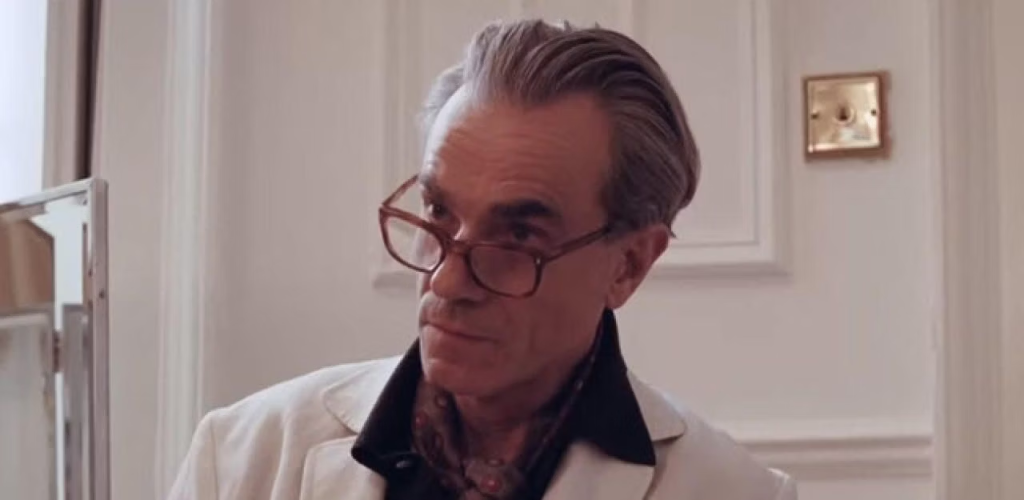
1. Daniel Day-Lewis Lived in the 1960s for Nine
Daniel Day-Lewis is the method acting gold standard, but even he isn’t above flops. For the 2009 musical Nine, he took over in the part of Guido Contini, Italian film director, from Javier Bardem when the latter fell out. Day-Lewis converted his dressing room into a 1960s capsule, dressed in period-correct suits every day, and spoke only in an Italian accent off-screen as well. The payoff? An on-set weirdness reported by the directors, but not a more improved film. With its all-star cast, Nine was a commercial and critical failure, demonstrating that even Oscar-winning commitment can’t save a bad script.

2. Ryan Gosling’s 60-Pound Gamble for The Lovely Bones
Ryan Gosling swung big and missed while getting ready for Peter Jackson’s The Lovely Bones. Cast as the widowed father of a slain teenager, Gosling opted on his own to put on 60 pounds and sport a full beard to appear older. The catch? Jackson believed he was too young for the part and replaced him with Mark Wahlberg before shooting commenced. Gosling’s extreme preparation never made it to the screen, and the film itself was panned for its sheen, tone-deaf approach to tragedy. It’s an unusual instance in which the method transformation not merely failed to aid it wasn’t even utilized.

3. Johnny Depp’s Stumbling Homage in The Rum Diary
Johnny Depp’s friendship with gonzo reporter Hunter S. Thompson came to inspire The Rum Diary, but his approach methodology blurred the line between tribute and excess. Off set, Depp had a chair, cigar, and bottles of Chivas set aside for Thompson, drank heavily with director Bruce Robinson well, Robinson had just ended a six-year vow of sobriety. The boozy atmosphere may have been authentic to the character, but it didn’t translate into a coherent film. Instead, The Rum Diary stumbled into box office obscurity, remembered more for its behind-the-scenes excess than its storytelling.

4. Joaquin Phoenix’s Year-Long Rap Persona for I’m Still Here
For the mockumentary I’m Still Here, Joaquin Phoenix committed to a full year of living as a disheveled, aspiring rapper public appearances, interviews, and all. The idea, according to Phoenix, was to satirize celebrity culture and gullible audiences. Alas, the joke failed to take for most viewers. The movie polarized critics, with some describing it as a stroke of genius piece of performance art and others labeling it as narcissistic. Either way, Phoenix’s tireless dedication didn’t make the project a success.
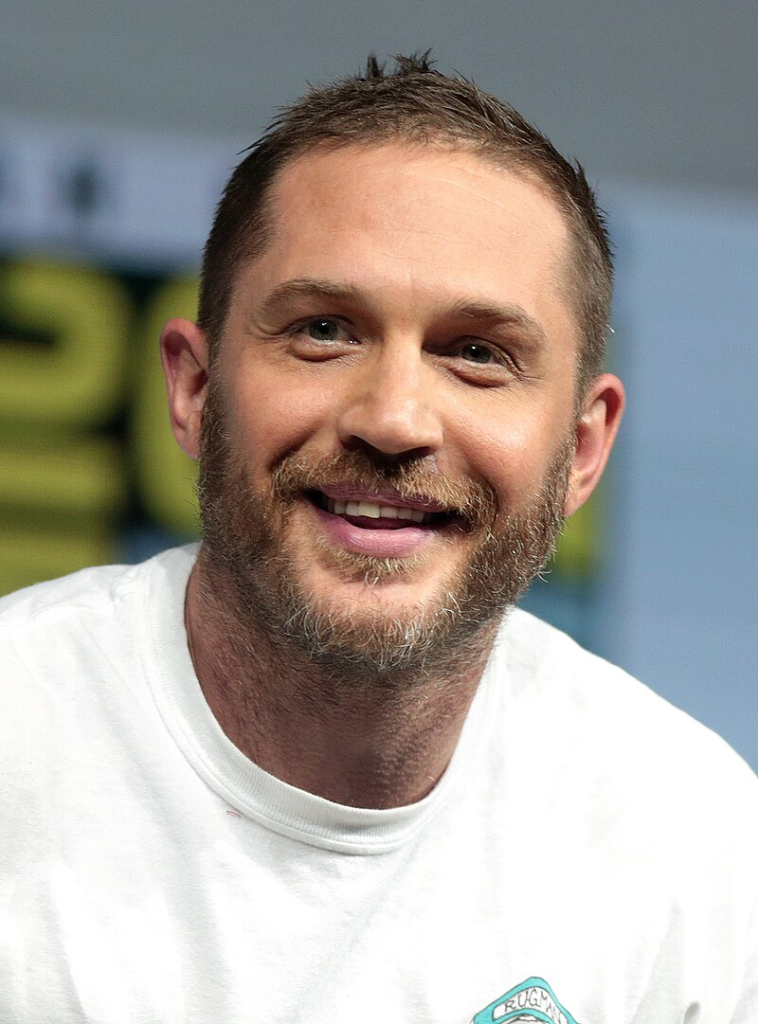
5. Tom Hardy’s Grotesque Transformation in Capone
Tom Hardy has publicly doubted method acting, but went all-out for 2020’s Capone. Portraying the notorious gangster in his later years, Hardy used a slurred delivery critics likened to “a very, very drunk Donald Duck,” sported unsettling prosthetics, and portrayed Capone’s mental and physical deterioration in unflinching detail. Although the performance of Hardy was commented upon as a highlight, the film itself was criticized as slow and nasty, with a 40% Rotten Tomatoes rating. His dedication became more of a freak than a career achievement.
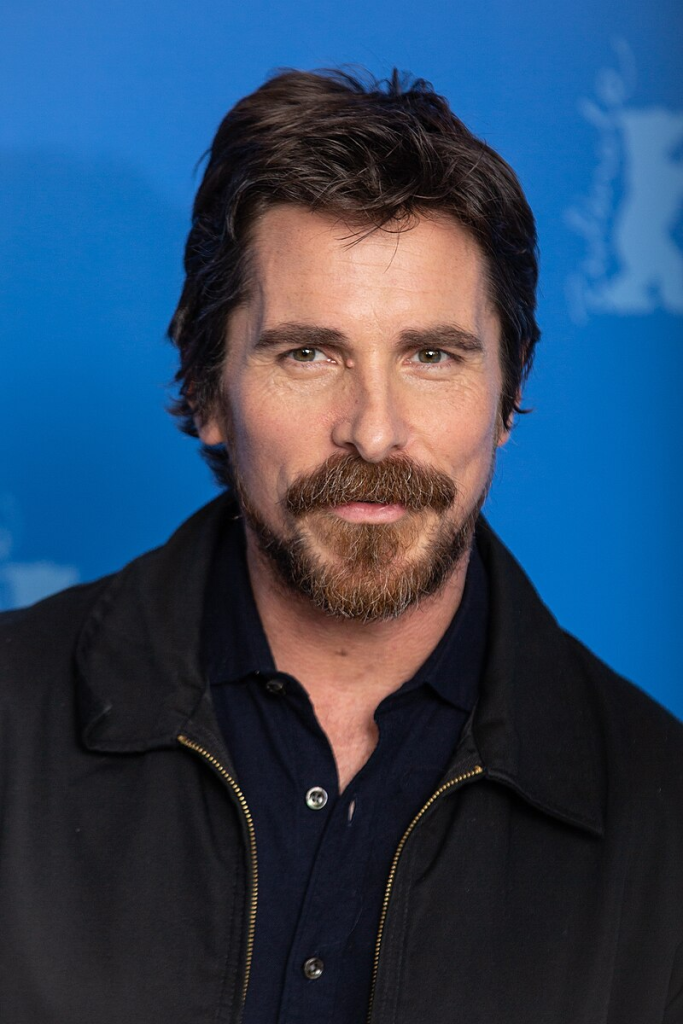
6. Christian Bale’s Infamous On-Set Meltdown in Terminator Salvation
Throughout Terminator Salvation, Christian Bale’s intensity of method turned into a now-famous rant when a crew member strode into his shot. Bale apologized afterward, citing that he was acting out John Connor’s inherited instability from his mom, Sarah. The movie was generally felt to be one of the weaker entries in the franchise, but since then has developed a tiny cult following. Nevertheless, Bale’s rant is still a larger pop culture phenomenon than the film itself.
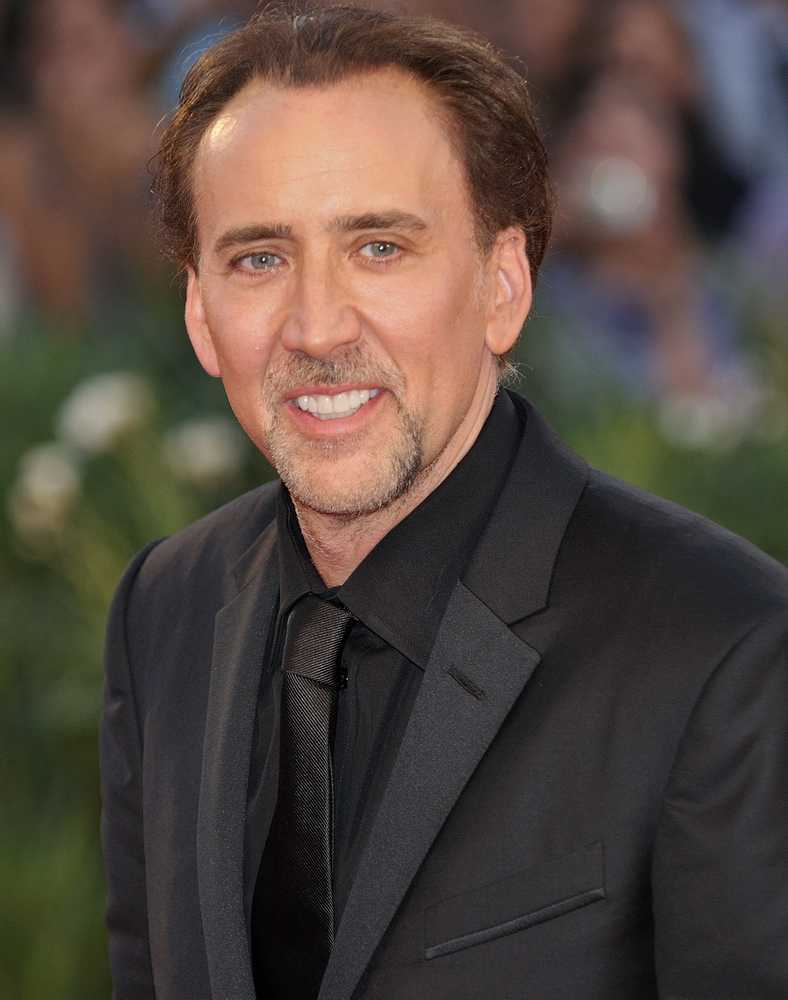
7. Nicolas Cage Ate Live Cockroaches for Vampire’s Kiss
Nicolas Cage’s dedication to surrealist method acting went into overdrive in 1989’s Vampire’s Kiss. In order to play a man who thinks he’s becoming a vampire, Cage consumed live cockroaches during filming and even harassed passersby in character. The movie tanked upon release but went on to become a cult classic partly due to Cage’s over-the-top performance. It’s one where the approach was unforgettable, though the film itself wasn’t.
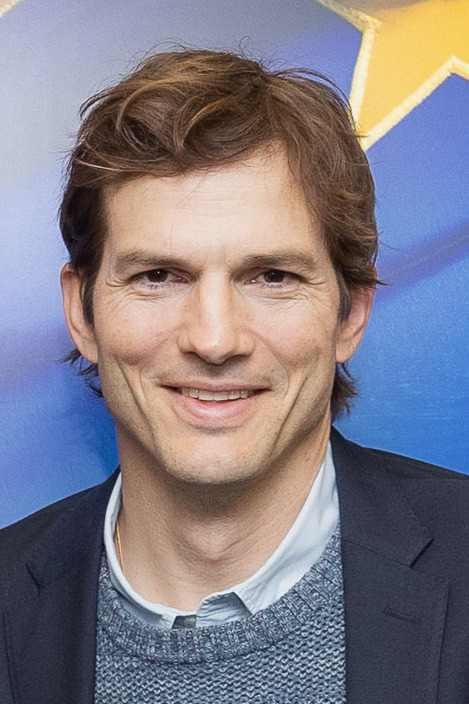
8. Ashton Kutcher’s Fruit-Only Diet for Jobs
Ashton Kutcher followed Steve Jobs’ fruitarian regimen to the letter in preparing for the 2013 biopic Jobs. Two pancreatitis hospitalizations were the result. Kutcher also adopted Jobs’ habits, but the movie was full of factual inaccuracies and tepid performances. Even Steve Wozniak, played by Josh Gad, panned the script. Kutcher’s illness became one of the more memorable aspects of a movie that didn’t impress.

9. Jared Leto’s Joker Stunts in Suicide Squad
Jared Leto’s method performances for Suicide Squad have achieved Hollywood lore for all the wrong reasons. In order to “be” the Joker, Leto sent co-stars unusual and disturbing presents, including a live rat, a dead pig, and used condoms. He also remained in character off-screen, unnerving the cast. In spite of the buzz, Leto’s Joker had very little screen time and was uniformly reviled. As The Atlantic explained, his style looked more like a publicity stunt than a performance boost.
These anecdotes are evidence that method acting is a high-risk, high-reward bet and sometimes, the payoff never materializes. Although the devotion is to be commended, it is also a reminder that no level of personal sacrifice can salvage a bad script, inadequate direction, or incompatible tone. Ultimately, audiences are left remembering the film, not merely the method and in these instances, that isn’t always a blessing.


